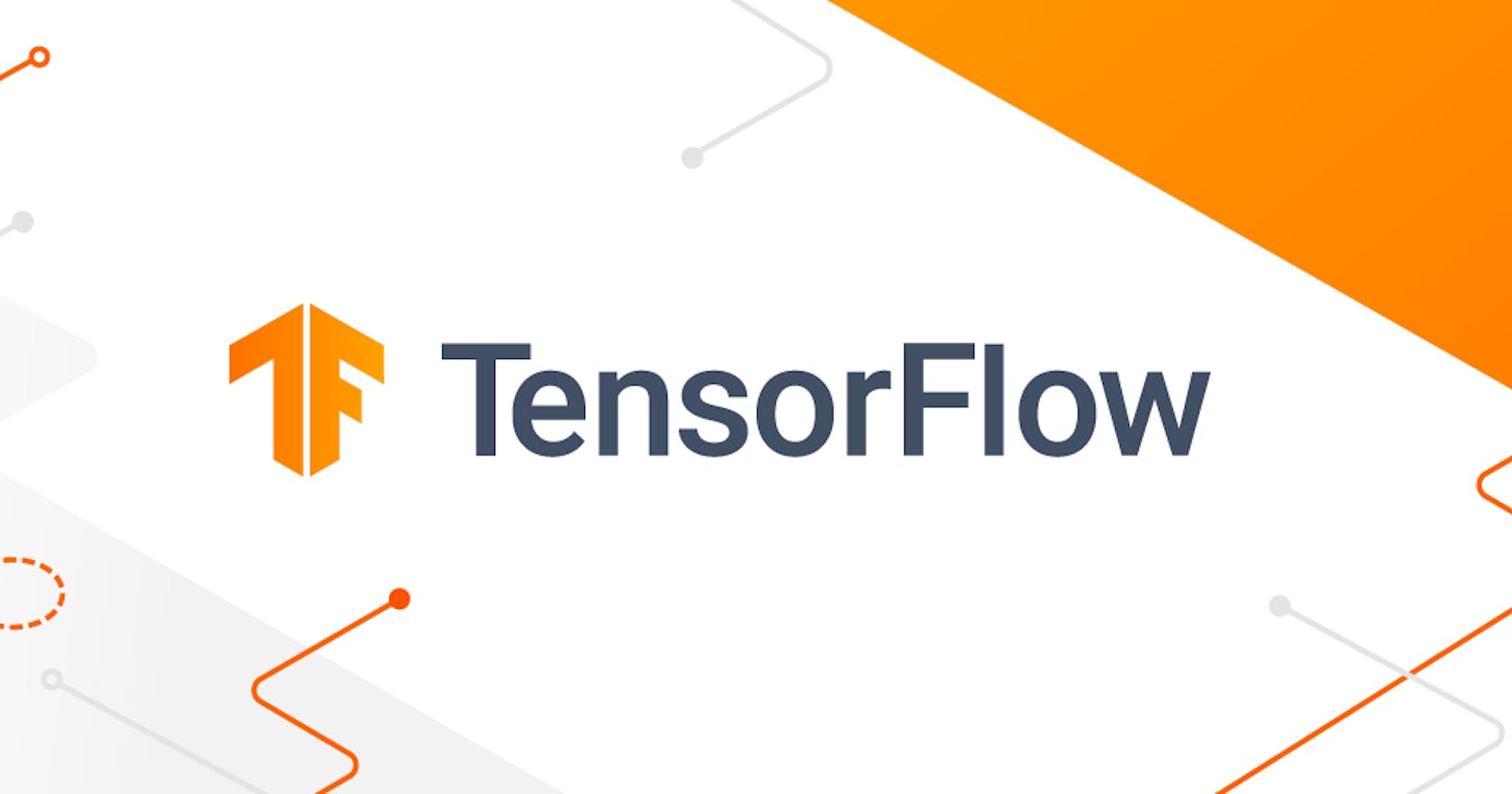Exploring the Power of TensorFlow: A Deep Dive into a Cutting-Edge AI Framework
Introduction
In the rapidly evolving landscape of artificial intelligence and machine learning, one technology stands out as a cornerstone of innovation: TensorFlow. Developed by the Google Brain team, TensorFlow has revolutionized the way we build, train, and deploy machine learning models. This open-source framework has found its way into a plethora of applications, from image recognition to natural language processing, and has become an essential tool for researchers, developers, and businesses alike.
A Brief Overview of TensorFlow
TensorFlow is an open-source machine learning framework that facilitates the development of various machine learning and deep learning models. Launched by Google in 2015, TensorFlow provides a comprehensive platform that enables developers to create and train complex neural networks with ease. Its name is derived from the mathematical concept of tensors, which are multi-dimensional arrays that can hold data of varying types.
Key Features and Advantages
Flexibility and Scalability: One of TensorFlow's standout features is its flexibility. It supports a wide range of machine learning tasks, from simple linear regression to sophisticated deep learning models. Moreover, TensorFlow scales seamlessly across different hardware platforms, including CPUs, GPUs, and TPUs (Tensor Processing Units), enabling efficient execution of computations.
High-level APIs: TensorFlow offers high-level APIs, such as Keras, which simplifies the process of designing and training neural networks. Keras provides an intuitive interface for building models, allowing developers to focus on architecture design rather than low-level implementation details.
TensorBoard: To aid in model visualization and monitoring, TensorFlow offers TensorBoard. This tool enables users to track metrics, visualize model architectures, and analyze training performance, thereby facilitating better model optimization.
AutoGraph: TensorFlow's AutoGraph feature automatically converts Python control flow statements into TensorFlow computational graphs. This optimization technique enhances the performance of computation-heavy operations.
Ecosystem and Community: TensorFlow boasts a robust ecosystem with a wealth of pre-trained models, libraries, and extensions. This ecosystem accelerates model development and fosters collaboration within the community.
Use Cases and Applications
TensorFlow's versatility is evident through its wide range of applications:
Computer Vision: TensorFlow powers state-of-the-art image recognition, object detection, and image segmentation models. It has played a crucial role in advancing the field of computer vision.
Natural Language Processing (NLP): In NLP, TensorFlow has enabled the development of language models, sentiment analysis tools, machine translation systems, and more.
Reinforcement Learning: TensorFlow has been instrumental in implementing reinforcement learning algorithms for training intelligent agents in fields like robotics and game playing.
Healthcare and Medicine: The framework is also making significant strides in healthcare, aiding in medical image analysis, disease detection, and drug discovery.
Finance and Business: TensorFlow's predictive modeling capabilities have been harnessed for tasks like fraud detection, risk assessment, and demand forecasting.
Challenges and Future Directions
While TensorFlow has transformed the machine learning landscape, it's not without its challenges. Training deep learning models requires substantial computational resources, which can be costly and energy-intensive. Additionally, while TensorFlow's flexible nature is an advantage, it can also lead to complex setups and steep learning curves for newcomers.
As TensorFlow continues to evolve, future directions may involve optimizations for even more efficient utilization of hardware resources, enhanced integration with specialized hardware, and the development of tools that simplify the deployment of models to edge devices and cloud platforms.
Conclusion
TensorFlow's impact on the world of artificial intelligence and machine learning cannot be overstated. From enabling researchers to push the boundaries of what's possible to empowering businesses to create intelligent applications, TensorFlow stands as a testament to the power of open-source collaboration and innovation. As it continues to grow and evolve, TensorFlow will undoubtedly play a pivotal role in shaping the future of AI and machine learning.
